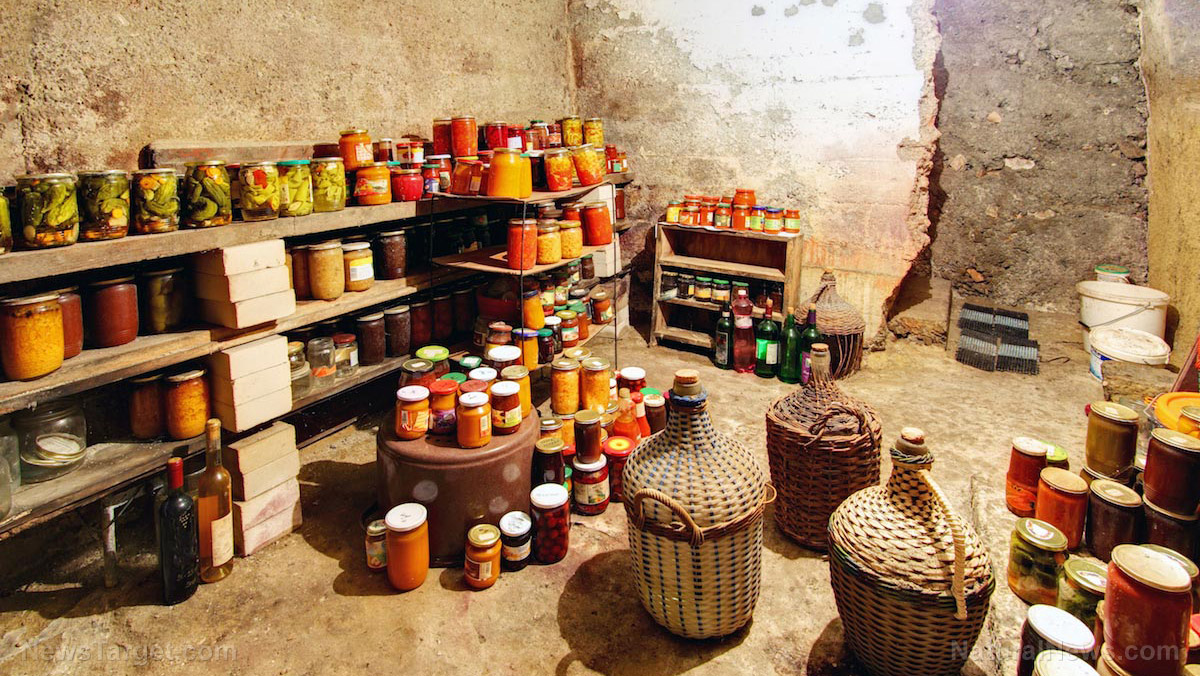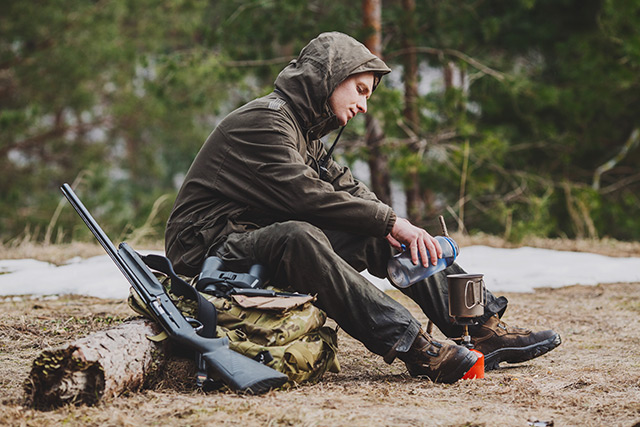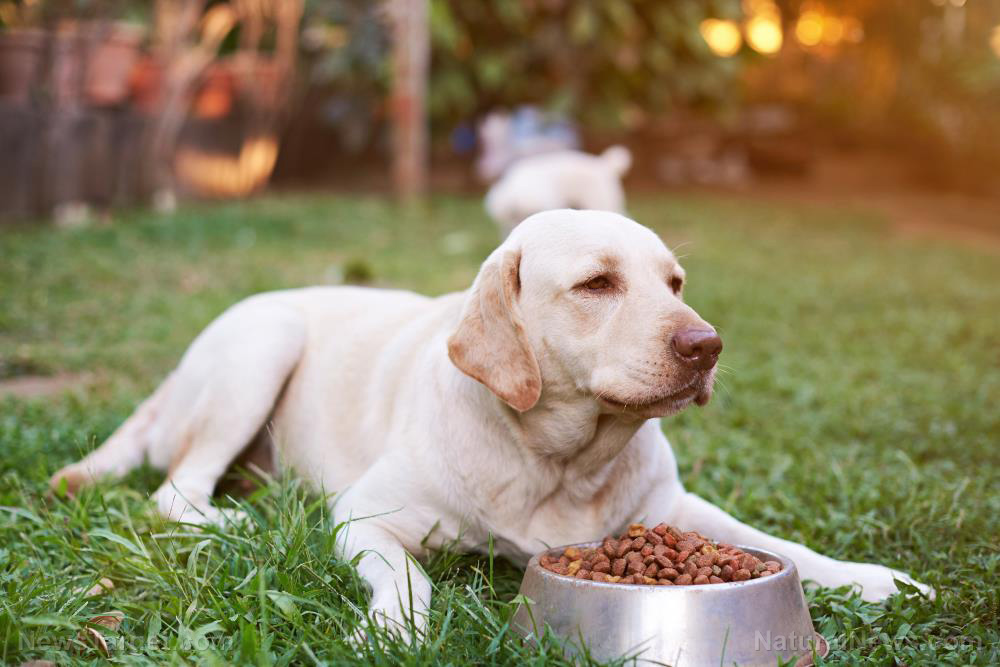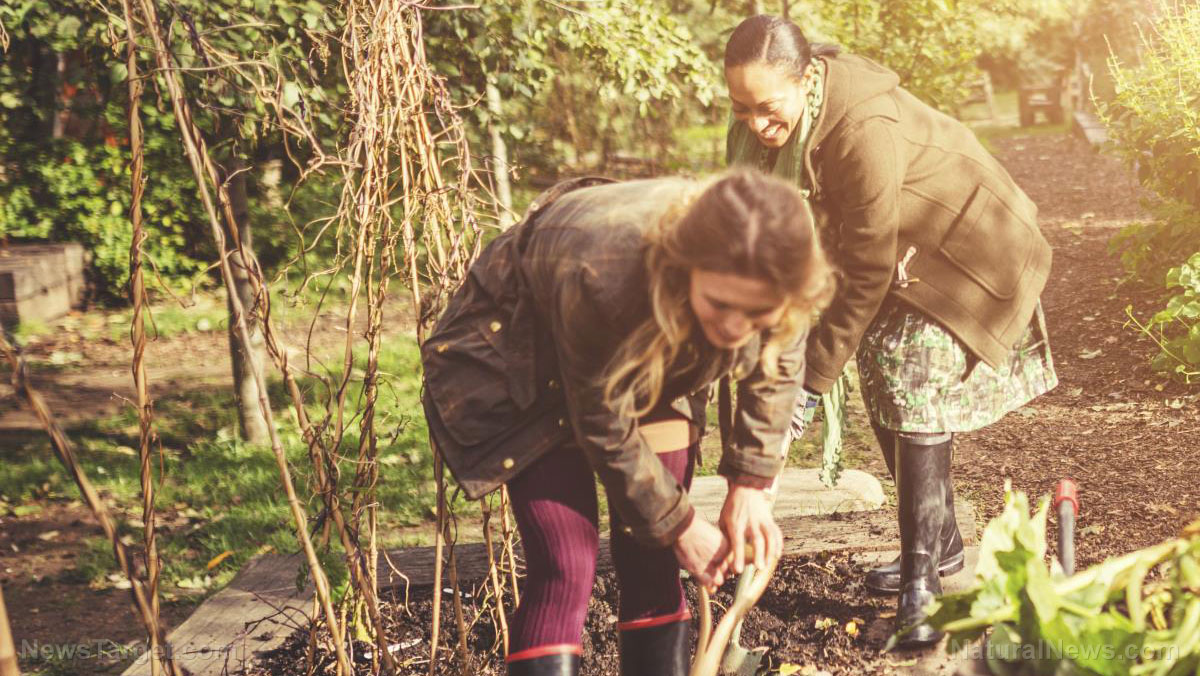Why super glue is a crucial survival supply in a first aid kit
02/09/2019 / By Zoey Sky

Super glue may seem out of place in a first aid kit but if you know how to use it, this item could be the most important tool in your survival gear. (h/t to TheOrganicPrepper.com)
Take note that the information provided here should only be used when you have no access to medical care.
Super glue will bond to almost anything. Army Medics and Navy Corpsman are the first to use one of the greatest inventions in the field during the Vietnam War. They used super glue as a makeshift first aid tool on patients with cuts.
When placing a standard interrupted suture for every stitch, you also make two new wounds and two new avenues of infection. By using super glue, you effectively remove that route of infection (Related: These are the items that you need in your first-aid kit if you just want to carry the bare minimum.)
How to use super glue on a cut
When SHTF and you need immediate medical attention, you can use super glue to seal a shallow or deep cut. Super glue can protect a cut from infection.
Follow the instructions below to seal a cut with super glue.
- Make sure that the wound is not bleeding. You should only use super glue on a dry and clean cut to prevent infections. Using super glue before cleaning a wound may result in septicemia, a severe type of bloodstream infection. Also called blood poisoning, septicemia occurs when a bacterial infection somewhere else in the body, like the lungs or skin, enters the bloodstream. This is dangerous because the bacteria and their toxins can be carried through the bloodstream to the entire body. This condition can become life-threatening, and it requires immediate treatment in a hospital. When left untreated, septicemia can progress to sepsis.
- When the wound is clean and dry, apply the super glue. Don’t use too much glue. If you close both the muscle and the skin by applying super glue below skin level, the cut will start to itch. When super glue is applied below the skin level, the body thinks it is being invaded so it will try to fight back, causing itchiness.
- Close the cut while applying the super glue. Start from either edge. Pinch the wound closed, then apply a drop or two of super glue along the first 1/4 inch of the cut.
- Hold the cut until it dries completely. Move up, then repeat the process until the wound is completely closed.
- Dress the cut with a band-aid. This gives the wound an extra layer of protection.
The power of the elements: Discover Colloidal Silver Mouthwash with quality, natural ingredients like Sangre de Drago sap, black walnut hulls, menthol crystals and more. Zero artificial sweeteners, colors or alcohol. Learn more at the Health Ranger Store and help support this news site.
Your super glue options include:
- Dermabond Skin Adhesive (Ethicon and Johnson & Johnson) – This option is single-use, but it will do in a pinch.
- Super Glue Ultra Gel (Loctite) – This super glue is fairly flexible and it lasts much longer than the standard super glues.
- Vetbond Tissue Adhesive (3m) – This affordable medical grade glue has similar properties to Dermabond, but the Vetbond Tissue adhesive can be used multiple times.
Tips for using super glue
Don’t use cheap super glues or thin liquid glues in your first aid kit because these will run deep into the wound. Cheaper glues will also turn white and flake off in minutes, which leaves the cut unprotected.
Don’t use super glue on joints like your elbow or knee. When it dries, super glue isn’t very flexible.
Never use super glue on animal or human bites. Bites are associated with a very high risk of infection, which is one reason why most bites are not closed.
Super glue should only be used as a last resort because it is associated with certain risks, such as an allergic reaction, infection, or tissue necrosis.
Keep these tips in mind so you can use super glue safely for first aid when SHTF.
Sources include:
Tagged Under: bug out, disaster, emergency, first aid, first-aid kit, how-to, off grid, preparedness, prepper, prepping, SHTF, super glue, survival, survival gear, survival supplies, survival tools, survivalist, wilderness survival




















